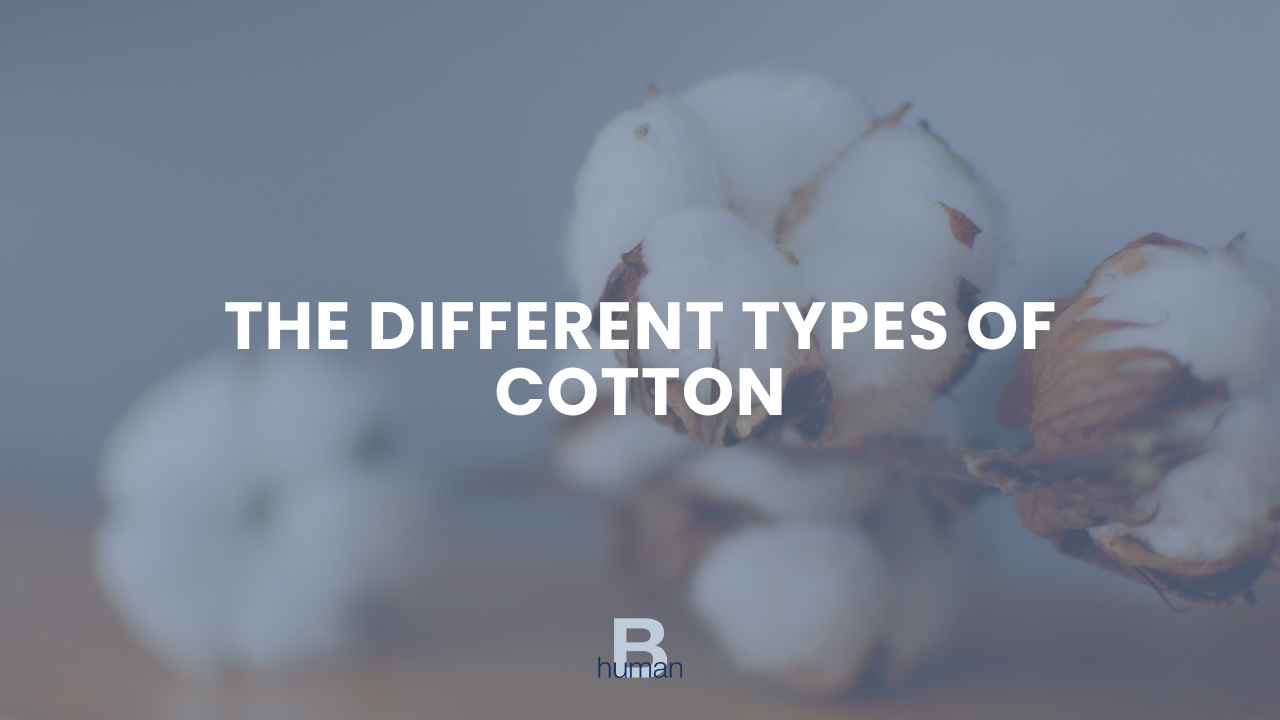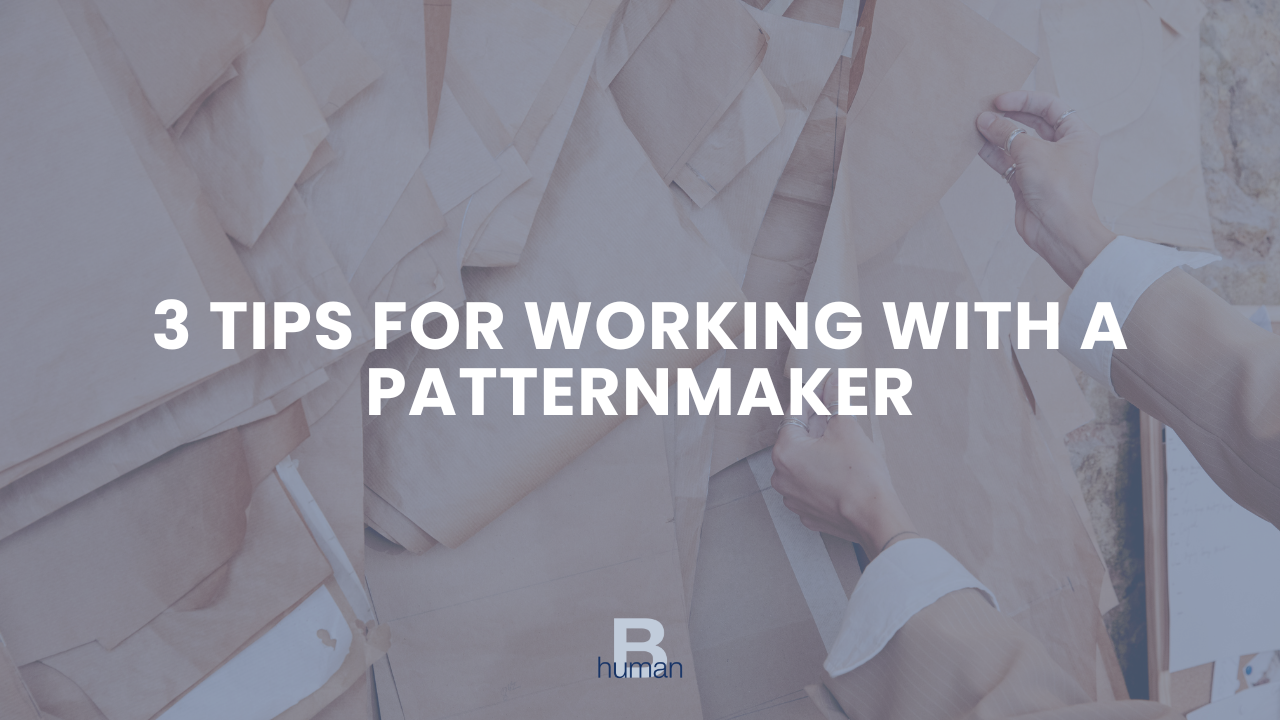A spec sheet and a tech pack are essential documents in fashion production, but they serve different purposes.
Mastering Quality Control in Apparel Manufacturing: Insider Secrets for Emerging Fashion Designers
Quality Control (QC) isn't just about ensuring your garments look good; it's your ticket to exceeding customer expectations, minimizing issues and setbacks, and optimizing production efficiency. By maintaining stringent QC standards, you deliver exceptional products and establish your brand as a reliable force in the industry.
When done right, it will make your life easier, decrease your stress level, increase your profit, and reduce waste.
The Different Types of Cotton
Cotton is one of the textile industry's most widely used natural fibers. However, conventional cotton production methods have raised concerns about sustainability, environmental impact, and worker welfare.
In response, various alternatives have emerged, including organic cotton, recycled cotton, cotton produced under the Better Cotton Initiative (BCI), as well as a few other specialized types of cotton.
Let's dive into the different types of cotton and shed light on their differences and contributions to a more sustainable future.
5 Signs of a Bad Clothing Manufacturer
Clothing manufacturing is not for the faint-hearted. Working with the wrong manufacturer can end your business, especially if you are a new brand.
You can take steps to find the right factory. However, some signs will only be noticed once you work with the factory.
So what are the symptoms that should make you run away from a factory?
Natural Dyes vs. Fiber-Reactive Dyes, Unveiling the Differences
3 Tips For Grading Apparel Products
Why Is Producing A Small Production Run Expensive?
3 Tips For Working With a Patternmaker
What Is The Most Profitable Category In Apparel?
The answer is one of these industry "secrets" that if you are new to the industry, and especially if you do sew or never produced apparel before, you simply wouldn't know it...
Yet once you hear the answer, I bet you'll go, "oh yes, that makes a lot of sense."
In this video, I also share info about the cost of labor and why certain categories are assumed to cost less than others...
What Are The Different Types of Samples And Their Purpose?
How Many Rounds of Fitting Should I Have When Developing a Fashion Product?
Developing a new apparel product is complex and requires numerous rounds of samples and fitting before you can get it right.
If you are new to this process, and since each round is an additional cost and time, the question becomes how many fittings rounds is reasonable to have? And how many rounds are too many?
How To Become A more Sustainable Fashion Brand
The fashion industry is in major need of a change and needs to adopt sustainable practices. We’ve been getting questions from fashion designers and brands who are asking how can they become more sustainable in their business? Here are tips on what you can do to integrate more sustainable practices into your business.
How to Build Long Term Relationships With Your Manufacturers
The Future of The Fashion Industry Post Covid-19
Solving Inventory Challenges in a Consumer-Led Marketplace
How to Source Fabrics for Your Fashion Product
Sourcing the right fabrics for your fashion products is half of the battle in developing the perfect garment.
However, the process can be overwhelming, long and frustrating, especially for a new brand that is new to the industry and can't yet commit to high volume.
How can you make this process more effective and less complicated?
Below I've put a checklist of the steps and actions that you should take to help you with that.
Design with Production In Mind
“We are experiencing many issues with our production, can you help us with this?”
If I had a cent for every time that I heard that sentence I would probably be retired by now.
Most fashion brands (especially if they are new or small), assume that since production is the last part in the process they’ll just worry about it when they get to it, and rather choose to focus mainly on designing and making the perfect samples.
NEWS FLASH - that is the wrong approach.
What is an RN number, And Do I Need one?
You have probably noticed it on some garments that you bought.
It is a number, usually somewhere on the care labels, most likely with the letters RN# before it. As in the picture below.
An RN number or registered identification number is a number issued by the FTC (Federal Trade Commission), upon request, to a business residing in the U.S. and engaged in the manufacture, importing, distribution, or sale of textile, wool, or fur products.
How to Calculate And Fix Fabric Shrinkage
Offshore or Domestic Apparel Manufacturing?
Deciding whether to produce your fashion product offshore or domestically goes beyond the reasons of cost and number of units you will need to produce.
As a matter of fact it's a decision that will impact how your business is set up and operates to best fit that scenario, re; what kind of people/services you should hire and even the details of your designs.





















